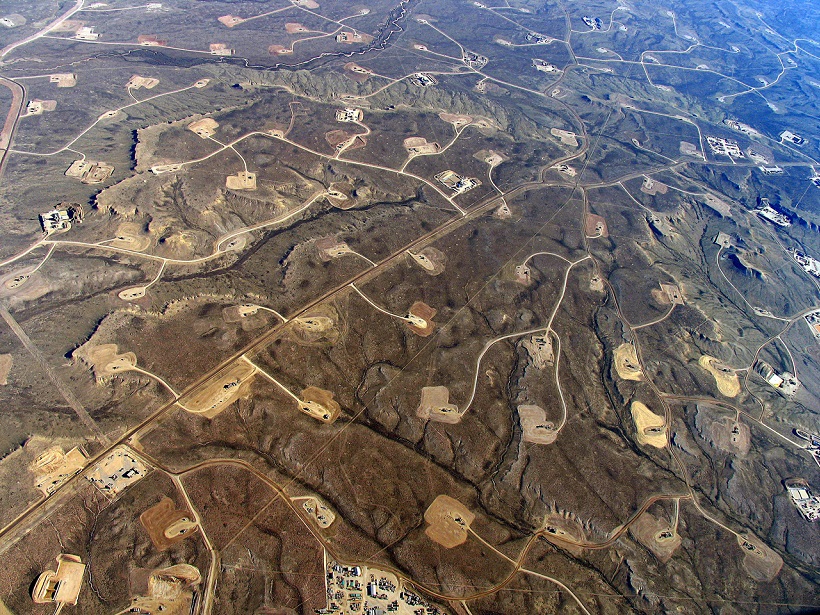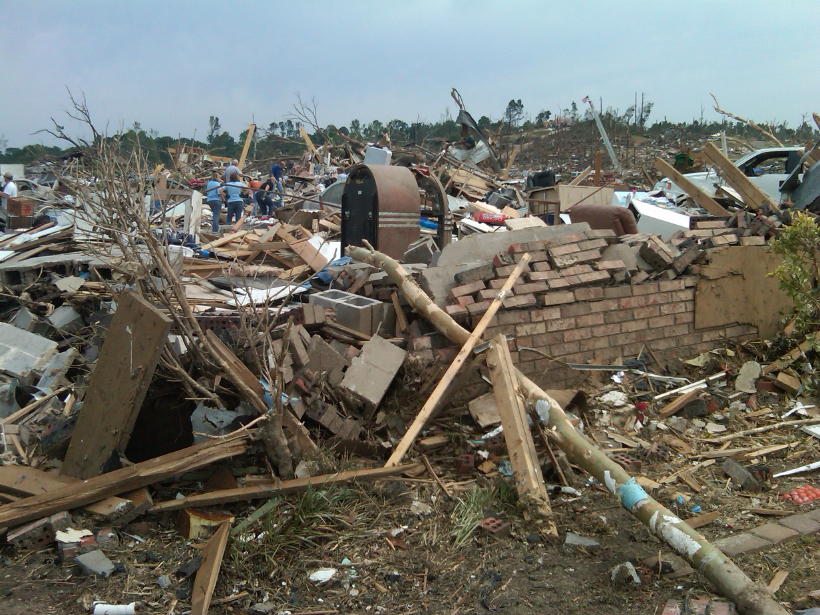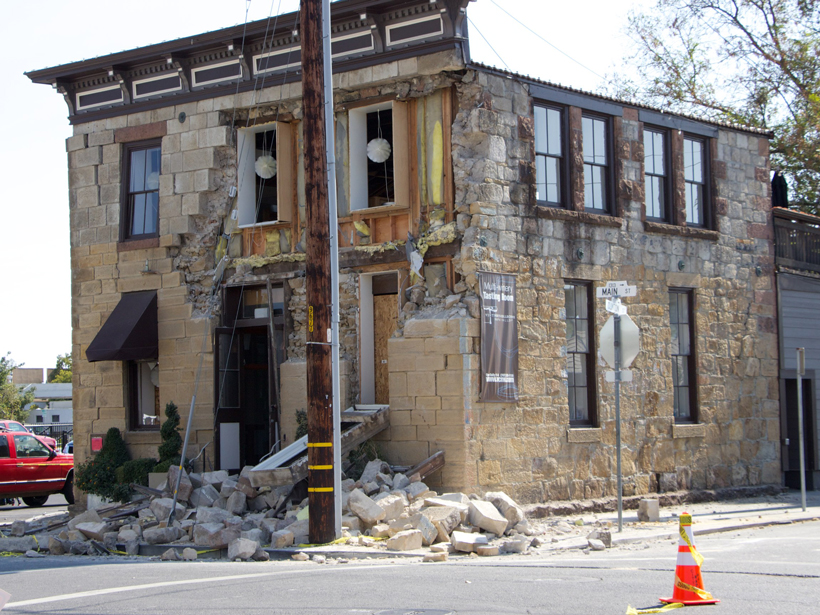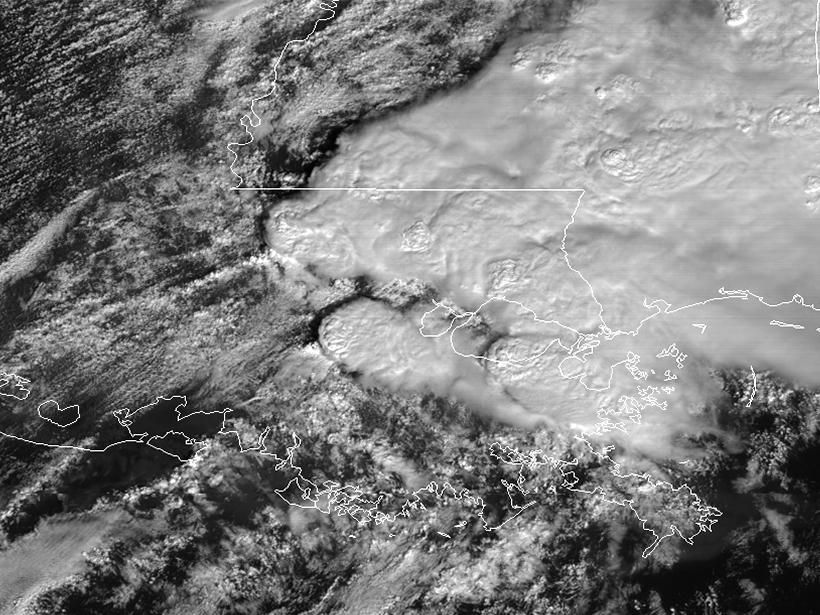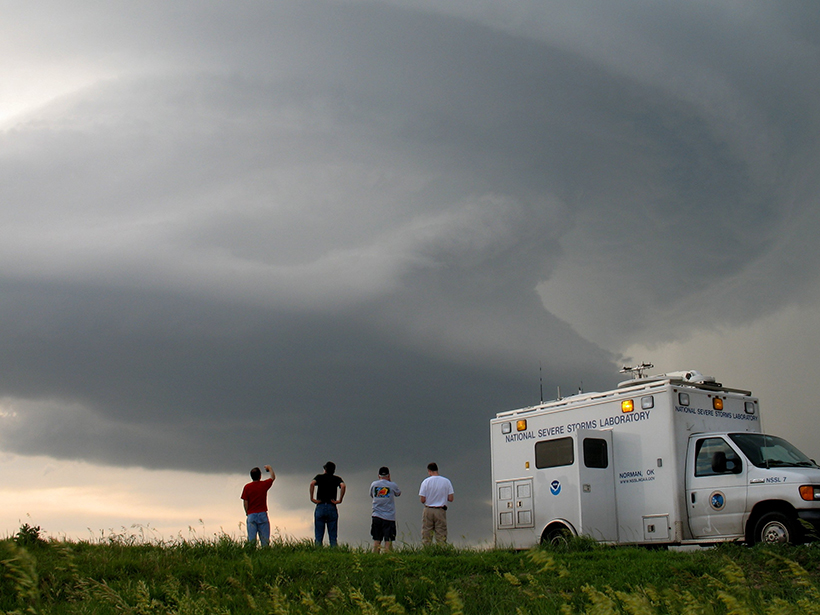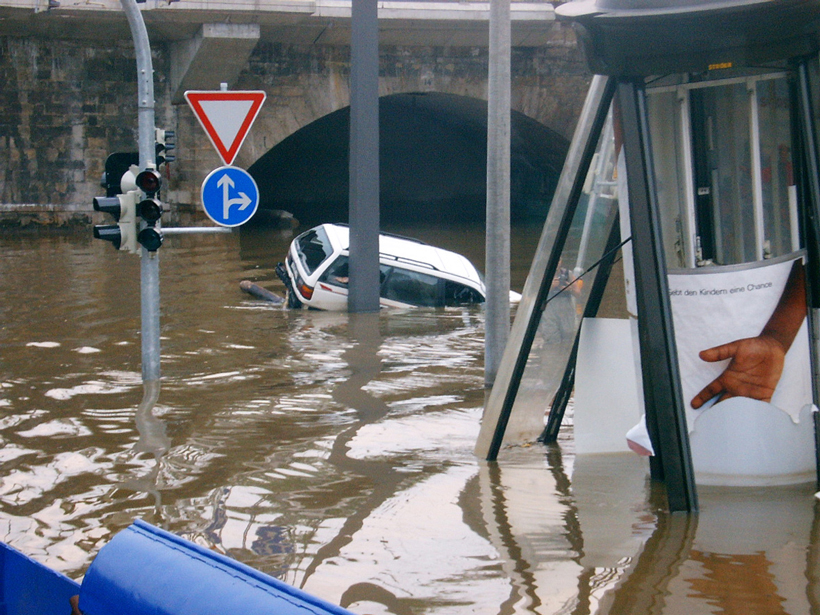The experimental Warn-on-Forecast project calculates probabilities of severe weather within at-risk areas smaller than those targeted by current forecasting models.
disaster preparedness
The Value of Disaster Damage Data
The editors of a new book describe the benefits of systematic collection, storage, analysis, and sharing of damage data after flood events.
Mapping Dengue Fever Hazard with Machine Learning
Researchers develop a predictive software system to identify city-specific, dengue fever risk areas amid a global increase in cases.
The Challenges Posed by Induced Seismicity
A recent paper in Reviews of Geophysics examined the increasing incidence of seismic events caused by industrial activities.
Tornado Casualties Depend More on Storm Energy Than Population
National Weather Service data from nearly 900 tornadoes and a principle of economics reveal the relationship between storm energy, population, and casualty count.
Reducing Uncertainty in Hazard Prediction
The editors of a new book describe how to characterize uncertainty in natural hazards, the incorporation of uncertainty into modeling, its contribution to better decision-making, and research needs.
Overlooked Data Source Improves Quake Intensity Maps
A new approach may fine-tune estimates of the range of shaking from earthquakes and help define areas of potential damage.
NOAA Video Shows Satellite Views of Louisiana Tornadoes
Real-time updates of storms will help forecasters track and predict where the most damage could occur.
Initiative Aims to Help Cut Losses from Extreme Weather Events
A new alliance aims to integrate social and behavioral science into meteorological research and practice to help build resilience to natural disasters.
Using Archives of Past Floods to Estimate Future Flood Hazards
Cross Community Workshop on Past Flood Variability; Grenoble, France, 27–30 June 2016




